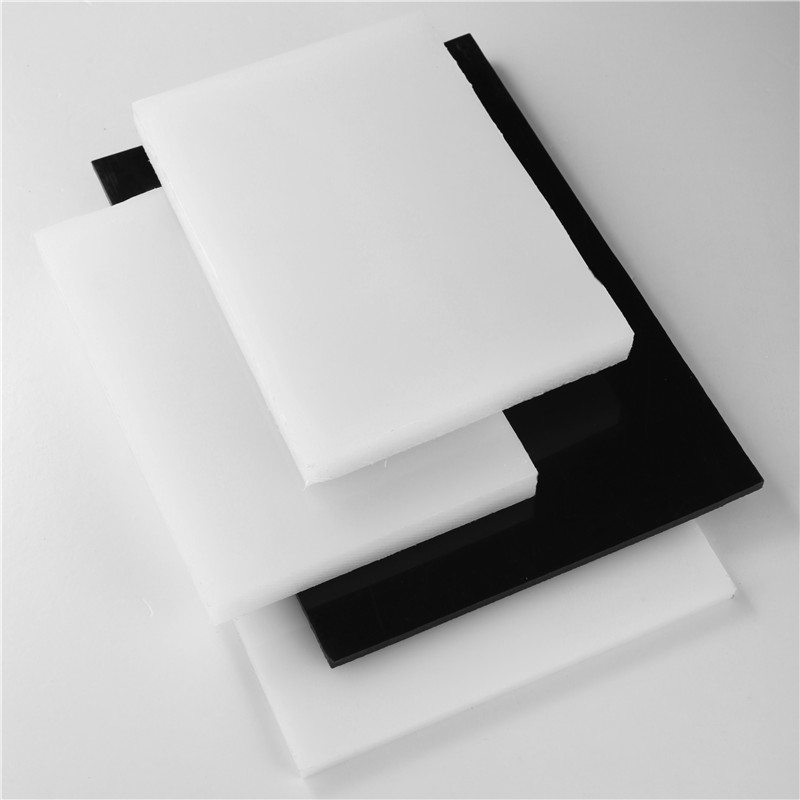Dec . 18, 2024 21:22 Back to list
poly pipe fittings
Understanding Poly Pipe Fittings A Comprehensive Guide
Poly pipe fittings play a crucial role in modern plumbing and irrigation systems. Made from polyethylene, these fittings are known for their durability, flexibility, and resistance to corrosion. They are often preferred over traditional metal fittings due to their lightweight nature and adaptability to various applications. This article will explore the essential aspects of poly pipe fittings, including their types, applications, advantages, and installation methods.
Types of Poly Pipe Fittings
Poly pipe fittings come in various shapes and sizes, each designed to serve specific purposes. Some common types include
1. Elbows Used to change the direction of the pipe, elbows are available in different angles, commonly 90 and 45 degrees. They facilitate bends in irrigation systems and plumbing layouts.
2. Tees These fittings allow for branching out of the main pipeline. A poly tee fitting can connect three pipes at a junction, making it essential for distributing water to multiple locations.
3. Couplings Couplings are used to connect two pieces of poly pipe together. They are available in straight and reducing versions, allowing for versatile connections between pipes of different diameters.
4. Reducers These fittings enable the transition between different pipe sizes. A reducer fitting is beneficial in situations where the requirements change, ensuring a smooth flow throughout the system.
5. Caps and Plugs Used to close the ends of pipes, caps and plugs prevent unwanted flow and maintain system integrity. They can also be used for maintenance purposes.
Applications of Poly Pipe Fittings
Poly pipe fittings are widely used in various sectors, including agriculture, construction, and landscaping. Their primary applications include
- Irrigation Systems In agriculture, poly pipe fittings are crucial for setting up irrigation systems. They help direct water flow efficiently, ensuring crops receive adequate hydration while conserving water.
- Potable Water Supply Polyethylene pipes, combined with suitable fittings, are often used in residential and commercial plumbing systems for the safe transport of drinking water. Their resistance to chemicals and biological growth makes them an excellent choice for this purpose.
- Drainage Systems Many drainage systems incorporate poly pipe fittings due to their flexibility and resistance to blocking. They can effectively manage stormwater and wastewater, helping maintain efficient runoff.
- Industrial Uses In various industrial applications, poly pipe fittings facilitate the transport of chemicals, waste, and other materials. Their durability ensures reliability in demanding environments.
poly pipe fittings

Advantages of Poly Pipe Fittings
Poly pipe fittings offer several advantages over traditional materials
- Corrosion Resistance Unlike metal fittings, polyethylene does not rust or corrode. This feature extends the lifespan of the fittings and reduces maintenance costs.
- Flexibility Polyethylene is known for its flexibility, allowing for easier installation in tight spaces. It can withstand significant pressure without cracking or breaking.
- Lightweight The lightweight nature of poly pipe fittings makes them easier to handle and install. This characteristic is particularly beneficial in large-scale projects.
- Cost-Effectiveness Poly pipe fittings are often more affordable than metal equivalents. Their durability and low maintenance needs further enhance their cost-effectiveness over time.
Installation of Poly Pipe Fittings
Installing poly pipe fittings requires careful attention to detail to ensure a leak-free connection. Here are some basic steps
1. Preparation Begin by cutting the polyethylene pipe to the required length using a suitable pipe cutter. Ensure that the edges are smooth and free of burrs.
2. Cleaning Clean the ends of the pipe and the fitting to remove any dirt or debris. This step is crucial for achieving a strong bond.
3. Fitting the Pipe Insert the pipe into the fitting, ensuring that it is pushed in all the way to the stop. This ensures maximum contact between the pipe and fitting for a secure connection.
4. Securing the Connection If required, use appropriate clamps or connectors to secure the joint further. Check for any leaks before covering the fittings with soil or debris.
5. Testing After installation, test the system by running water through to confirm that all connections are secure and functioning properly.
In conclusion, poly pipe fittings are integral to modern piping systems, offering numerous benefits in various applications. Their resistance to corrosion, flexibility, and cost-effectiveness make them a preferred choice for professionals in plumbing and irrigation fields. Proper installation and understanding of these fittings will ensure efficient operation and longevity of the systems they serve.
-
Durable PP Rigid Sheet: Lightweight, Chemical Resistant Solutions
NewsAug.21,2025
-
PVC Grey Sheet for Extraction: Chemical Resistant & Durable
NewsAug.19,2025
-
Durable PVC Pipe Fittings for Plumbing & Irrigation Needs
NewsAug.18,2025
-
HDPE Steel Belt Reinforced Spiral Corrugated Pipe | High Strength
NewsAug.17,2025
-
HDPE Pipe Fittings: Durable, Leak-Proof Solutions
NewsAug.16,2025
-
Premium CPVC Sheet: High-Temp & Chemical Resistant Solutions
NewsAug.15,2025

